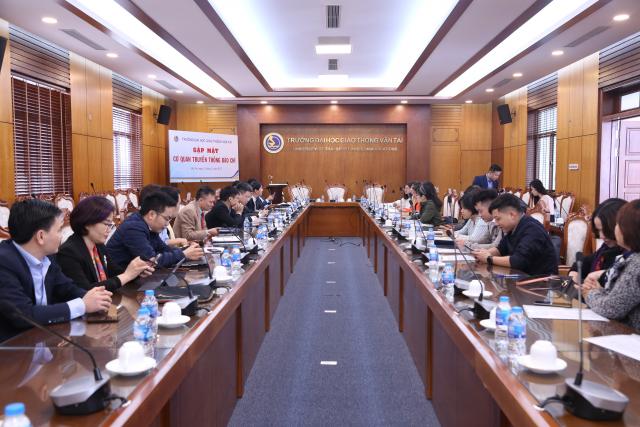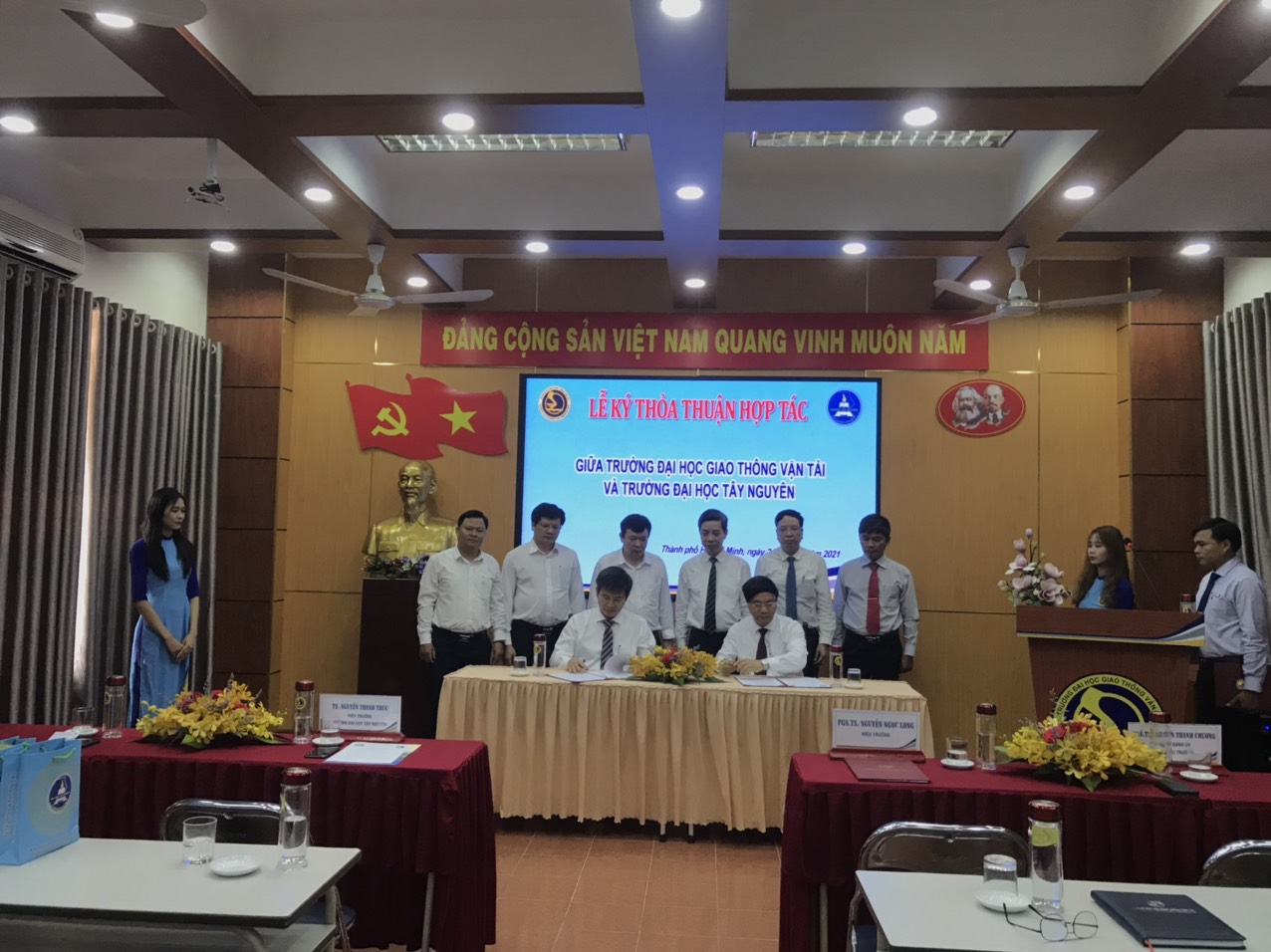THÔNG TIN TÓM TẮT NHỮNG ĐÓNG GÓP MỚI CỦA LUẬN ÁN
Tên đề tài: Nghiên cứu ứng xử chịu nén đúng tâm của cột bê tông cốt thép gia cường bằng bê tông cốt lưới dệt
Ngành : Cơ kỹ thuật
Mã số: 9520101
Họ và tên nghiên cứu sinh: Cao Minh Quyền
Họ và tên cán bộ hướng dẫn:
1. Nguyễn Xuân Huy Trường Đại học Giao thông Vận tải
2. GS.TS. Si Larbi Amir Cộng hoà Pháp
Cơ sở đào tạo: Trường Đại học Giao thông Vận tải.
Tóm tắt những đóng góp mới của luận án:
- Luận án đã xây dựng được một mô hình dự báo khả năng chịu nén đúng tâm của cấu kiện bê tông chịu nén gia cường BTCLD có độ chính xác cao (MSE = 0,071). Hai tham số nổi bật được xét đến trong mô hình đề xuất là ảnh hưởng của hình dạng tiết diện và hệ số biến dạng có hiệu ke;
- Mô hình dự báo khả năng chịu nén đúng tâm của cột BTCT gia cường BTCLD luận án đề xuất có thể được sử dụng như một công cụ tính toán hữu ích cho kĩ sư thiết kế phương án gia cường bằng BTCLD;
- Đã lựa chọn, thử nghiệm và chứng minh được tính khả thi của việc sử dụng các vật liệu địa phương, giá thành rẻ tại Việt Nam trong việc chế tạo bê tông hạt mịn;
- Nghiên cứu thực nghiệm đối với cấu kiện bê tông gia cường BTCLD cho thấy, khi tỉ số r/a > 0,3 thì hiệu quả gia cường tăng một cách rõ rệt;
- Đối với loại lưới dệt thủy tinh sử dụng trong nghiên cứu, việc sử dụng 2 lớp gia cường có thể khắc phục được ảnh hưởng của yếu tố hình học đến hiệu quả gia cường cột BTCT bằng BTCLD;
- Phương pháp xây dựng mô hình PTHH trên phần mềm Abaqus được nghiên cứu đề xuất có độ chính xác cao được khi sai số giữa kết quả mô phỏng và kết quả thực nghiệm về mặt khả năng chịu lực và biến dạng luôn < 5%;
- Khi cột có độ mảnh l > 40 cần xem xét để lựa chọn loại lưới dệt có tính chất cơ học phù hợp hoặc chỉ tiến hành gia cường trên những khu vực cần thiết;
- Đối với cột BTCT chịu nén uốn đồng thời, khi thiết kế cột gia cường BTCLD với tải trọng đứng bằng khoảng 50% khả năng chịu nén đúng tâm của cột đối chứng thì đạt được hiệu quả cao về mặt hạn chế chuyển vị ngang.
SUMMARY OF NEW CONTRIBUTIONS OF THE THESIS
Title: Research on the axial compressive behavior of reinforced concrete columns strengthened with textile reinforced concrete
Field of training: Engineering Mechanics
Code: 9520101
PhD student: Cao Minh Quyen
Supervisors:
1. Assoc.Prof. Dr. Nguyen Xuan Huy -University of Transport and Communications
2. Prof.Dr. Si Larbi Amir- France
Institution: University of Transport and Communications
Summary of new contributions of the thesis:
- The thesis has developed a predictive model for the axial compressive strength of TRC-reinforced concrete structures. The model has high reliability and accuracy with a MSE index of 0.071. Two prominent parameters considered in the proposed model are the effect of cross-sectional shape and the strain coefficient factor ke;
- The predictive model for the axial compressive strength of RC columns strengthened with textile-reinforced concrete proposed in the thesis can be used as a useful calculation tool for engineers in designing reinforcement plans using textile-reinforced concrete;
- It has been selected, tested, and demonstrated the feasibility of using local, low-cost materials in Vietnam in the production of fine-grained concrete;
- The experimental study on RC column strengthened with TRC shows that the reinforcement effectiveness significantly increases when the ratio of r/a > 0.3;
- For the fiber used in the study, using 2 layers TRC can overcome the geometric factor's influence on the effectiveness of strengthening RC columns with TRC;
- The method of building a FEM model using Abaqus software has a high level of accuracy, as the difference between the simulation results and experimental results in terms of load-bearing capacity and deformation is always less than 5%;
- When the slenderness of a column is greater than 40, it is necessary to consider selecting a fiber type with suitable mechanical properties or only performing reinforcement in necessary areas;
- When designing the RC column strengthened with TRC subjected to both compression and bending, the axial load equal to about 50% of the axial compressive capacity of the control column, a high effectiveness can be achieved in terms of limiting lateral displacement.









